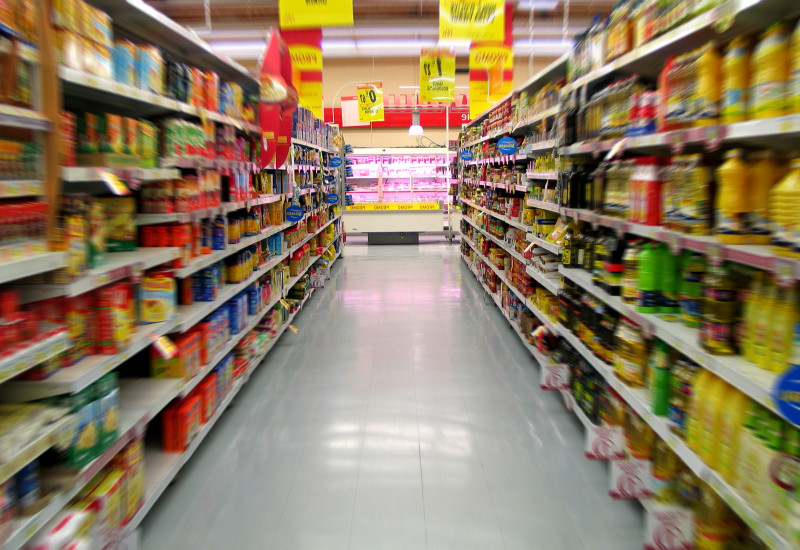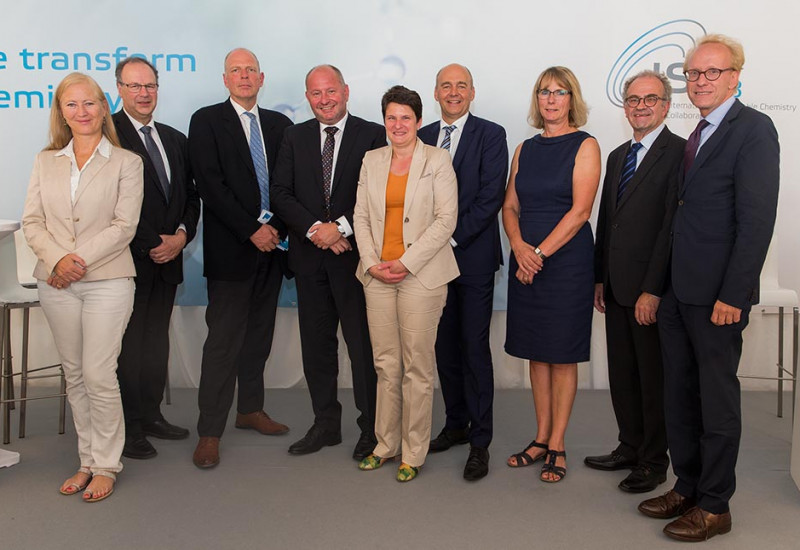Landscape planning and pest control are among the many tasks which municipalities are charged with in their mandate to protect citizens and maintain infrastructure. It often requires the use of plant protection agents and biocides. A specialist conference hosted by the UBA showed that alternative methods are already making it possible to do without chemicals that are harmful to the environment. read more










